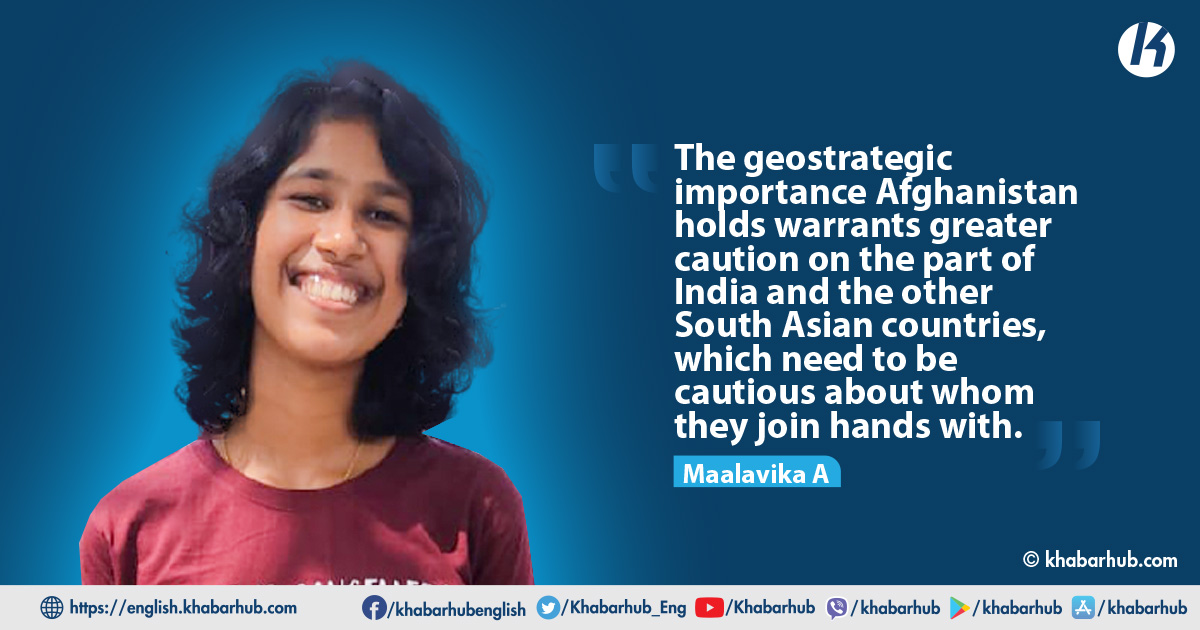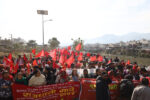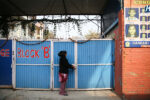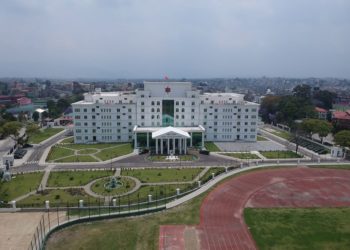David Malone, in his book on India’s Foreign Policy titled ‘Does the Elephant Dance,” poses an interesting analogy for China-India relations: two tigers vying for the control of a mountain.
But are matters that simple between the two South Asian giants? What have been the historic factors behind the 1962 border stand-off between India and China?
What role does Pakistan play in this long-standing conflict? And what did the USA and the erstwhile USSR have to do with it?
India and China-before the War
If the period between 1947 to 1960s is to be defined for ‘India –China’ relations in one line, the “Hindi Chini Bhai Bhai” slogan would be more than enough.
The rhyming jingle describes the diplomatic and ideological standpoint that India had towards China. Both the nations shared a common anti-imperialist view and India was one of the first nations to recognize the People’s Republic of China (PRC) in 1949.
India also adopted a China favorable position in the UN Security Council against moves to name it as the aggressor in the Korean War as well as in the ‘San Francisco Peace Treaty’ which India refused to cooperate in on the grounds of Formosa islands not being returned to China.
The US had just disengaged from confrontation with the Chinese in the Korean War when the request was made. USSR on the other hand did not offer any immediate support but was aware of the possible tilt India could have towards the US.
The two nations were committed to a similar anti-imperialist view and for a brief period, it appeared to be the two nations creating strong bonds of friendship in South Asia.
However, it was clear that this could not be the case in the 1955 Afro Asian Conference at Bandung, where China found India taking the lead in forming relations between nations while China itself was facing internal instabilities.
It was recovering from the Great Leap Forward that aimed to transform the country’s economy along with the other internal problems it faced.
China, which suddenly came face to face with the increasing influence of India, found a reliable friend in Pakistan which was also increasingly troubled by the border disputes with India.
Pakistan and India have had experiences of bloodshed and communal conflicts, disagreed over the territory of Jammu and Kashmir since the beginning of their histories as independent countries.
The first Indo Pak war, from 1947-1949 ended with the establishment of the Line of Control. Unfavorable attitudes towards India, lack of strong ideological commitment to any other country, and strategic location in the South Asian region provided enough incentives for the diplomatic relationship between China and Pakistan.
The War and Beyond
The primary causes of the 1962 Sino-Indian war lay in the issue of Tibet invasion by China and the border dispute in India’s North Eastern Frontier Agency.
India followed an “equivocal policy” as Malone puts it, in the Tibetan issue. It avoided confrontation with China on the matter while providing limited support to the Tibetan rebels.
Tibetan rebels were found to be undergoing training by the CIA in Kalimpong, West Bengal. With the fleeing of Dalai Lama, the Tibetan spiritual leader to India in the same year, it became clear to the Chinese that India was not willing to take any strong stand against the Tibetan rebels.
Another important issue that lay in the border dispute was in the North-East Frontier Agency (NEFA), an area of 56,000 square miles and the Aksai Chin plateau of (13,000 square miles) on the Western sector.
The Chinese presence in Tibet was alarmingly close to the Indian border and as many scholars have noted, provides a huge strategic advantage to China.
The 1971 war with Pakistan, in turn, resulted in India acquiring alms from the Soviet Union and resulted in India signing the Treaty of Peace, Friendship, and Cooperation with the Soviet Union.
The “forward policy” followed by India in 1961 was retaliated by China in October 1962 when it attacked India’s Eastern and Western sectors and left the underprepared Indian defense structures in shambles.
The war ended when China declared a unilateral ceasefire and withdrew to the positions it had laid claim to in the beginning.
Nehru had appealed to the then US President John F Kennedy for support to which the Americans acquiesced, but the Chinese withdrawal was swift.
The US had just disengaged from confrontation with the Chinese in the Korean War when the request was made. USSR on the other hand did not offer any immediate support but was aware of the possible tilt India could have towards the US.
It is argued that the war had a much bigger effect on the collective Indian consciousness than China’s and the period following the year saw major changes in the defense policies of India.
Pakistan too solidified its relationship with China with the border delimitation agreement in 1963 when Pakistan handed over the Indian territory of the Trans-Karakoram tract to China.
China, with its ideological support to Pakistan during the 1965 Indo-Pak war established strong ties with its all-weather friend.
The 1971 war with Pakistan, in turn, resulted in India acquiring alms from the Soviet Union and resulted in India signing the Treaty of Peace, Friendship, and Cooperation with the Soviet Union.
The US and the USSR- Creation of a Strategic Chain
The United States and the Soviet Union had major roles to play in the triangular relations between the three nations in South Asia.
The United States and India did not share a significant relationship for a long time after the Indian independence. India’s non-alignment policy also added to this distance between the countries. The US might also not have seen India as an important enough player to take cognizance of it.
The geostrategic importance Afghanistan holds warrants greater caution on the part of India and the other South Asian countries, which need to be cautious about whom they join hands with.
While Pakistan aligned with the United States, by joining the South East Asian Treaty Organization (SEATO) and the Central Treaty Organization (CENTO), India held talks with the Soviet leaders, despite its explicit non-aligned stance.
An important episode in the US- India relationship was during the 1962 Sino-Indian war where India appealed to the US for support and it was promptly assured.
The US ensured the inaction of Pakistan against India and troops were dispatched for Indian aid. However, USSR adopted a China-friendly stand and was not of any assistance to India, and the Indian question came forth only when the possibility of India joining the US camp surfaced.
Another important episode where the strategic chain came into play was the 1971 India-Pakistan war. US showed clear support to Pakistan while India gained an ally in USSR, solidified with its Treaty of Friendship.
The relations that these nations forged on their interests influenced the bilateral and trilateral relations in the South Asian region.
New Players and a Changing World
With the imminent pull out of the US from Afghanistan, power relations in South Asia are bound to change. The Taliban held talks with China on 28 July about cooperation on various issues, including the unstable province of Xinjiang which shares borders with Afghanistan, where the East Turkestan Islamic Movement has been a source of concern for China.
Greater cooperation from China and prevention of threat to China was ensured by the Islamic group and warrants concern for India and other nations of South East Asia. Incidentally, on the same day, the US-India talks culminated with claims of democracy binding the two nations.
With China gaining diplomatic ground in Afghanistan, it could mean greater cooperation with the US for South Asia, especially India.
The geostrategic importance Afghanistan holds warrants greater caution on the part of India and the other South Asian countries, which need to be cautious about whom they join hands with.
(Maalavika A is a student of Political Science at the University of Delhi and a Researcher at Nepal Institute for International Cooperation and Engagement (NIICE).









Comment